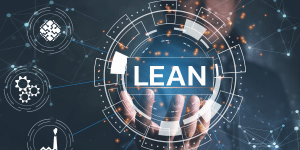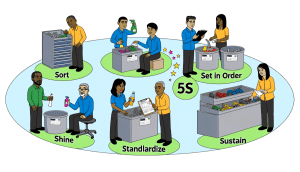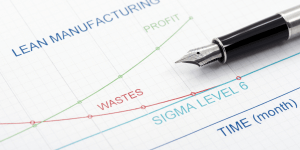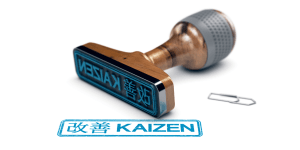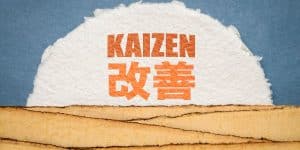Lean methodology is a proven approach to optimizing processes and eliminating waste in organizations across various industries. Originally developed by Toyota in the 1950s, the principles of lean have since been widely adopted and adapted by companies worldwide to achieve greater efficiency and profitability. This article will delve into the key aspects of lean methodology, its principles, benefits, tools, and techniques, as well as provide real-world case studies to showcase its success and challenges in adoption.
Introduction to Lean Methodology
At its core, lean methodology is about maximizing customer value while minimizing waste. It focuses on creating a smooth and efficient flow of products or services through the elimination of non-value-added activities. Lean emphasizes continuous improvement and the involvement of all stakeholders in the process. By identifying and addressing inefficiencies, organizations can streamline operations, reduce costs, improve quality, and ultimately enhance customer satisfaction.
Principles of Lean Methodology
The five key principles of lean methodology are value, value stream, flow, pull, and perfection. Value refers to understanding what customers truly value and aligning processes to deliver that value. Value stream involves mapping out the entire process from start to finish to identify waste and opportunities for improvement. Flow aims to create a continuous and smooth flow of work, minimizing interruptions and delays. Pull involves responding to customer demand to avoid overproduction. Finally, perfection focuses on striving for continuous improvement and excellence in all aspects of operations.
Benefits of Implementing Lean
Implementing lean methodology can result in numerous benefits for organizations, such as increased productivity, reduced lead times, lower costs, improved quality, and higher customer satisfaction. By eliminating waste and inefficiencies, companies can operate more effectively and competitively in the market. Lean also fosters a culture of continuous improvement and empowers employees to identify and solve problems, leading to higher levels of engagement and motivation. Overall, lean enables organizations to deliver greater value to customers while maximizing resources and minimizing waste.
Tools and Techniques of Lean
There are various tools and techniques that organizations can use to implement lean methodology, such as value stream mapping, 5S (Sort, Set in order, Shine, Standardize, Sustain), Kanban, Just-in-Time production, and Kaizen events. Value stream mapping helps identify and visualize waste in processes, while 5S promotes workplace organization and efficiency. Kanban is a visual scheduling system that helps manage workflow, and Just-in-Time production minimizes inventory and reduces lead times. Kaizen events involve teams in rapid improvement activities to make incremental changes and drive continuous improvement.
In conclusion, lean methodology is a powerful approach for organizations looking to streamline operations, reduce waste, and enhance overall efficiency. By embracing the principles of lean, implementing the right tools and techniques, and fostering a culture of continuous improvement, companies can achieve significant benefits and drive sustainable success. While challenges may arise in adopting lean, the rewards of improved productivity, quality, and customer satisfaction make it a worthwhile journey for any organization committed to excellence.


